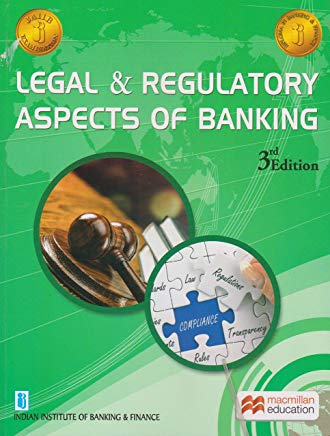JAIIB PPB Unit 19 - Principles of Lending, Working Capital Assessment and Credit Monitoring (Year: 2019)
1. Stocks procured through L/C are taken under hypothecation.
2. An increase in the ratio of current assets to total assets results in a decline in the profitability of the firm (because investment in current assets is less profitable than those in fixed assets).
3. Term loans are loans which are repayable after one year and up to 10 years. Short term loan = 1-3 years, medium term loans = 3-7 years, long term loans = 7-10.
4. Difference between term loan and working capital is that term loans are repayable in quarterly or half yearly installments whereas working capital is generally availed in cash credit hypothecation accounts with frequent drawings and is payable on demand.
5. For an assessment of the working capital needs of a borrower who requires fund based limits in excess of Rs 10 crore, the cash budget system (instead of cash flow statement) should be used.
6. Cash flow system deals with both cash and non-cash funds, while the cash budget system deals with cash transactions only.
7. The ceiling for banks in providing advances/loans to borrowers is 15% of the capital funds in case of a single borrower and 40% in case of group borrowers.
8. Working capital means the sum total of inventory, receivables and other current assets held by a business entity.
9. Working capital is computed by the banks through the concept of operating cycle, i.e., the time taken by a business entity to get the money released from the raw materials, semi-finished goods, receivables, etc.
JAIIB Study Material
| JAIIB Paper 1 Study Material |
| JAIIB Paper 2 Study Material |
| JAIIB Paper 3 Study Material |


